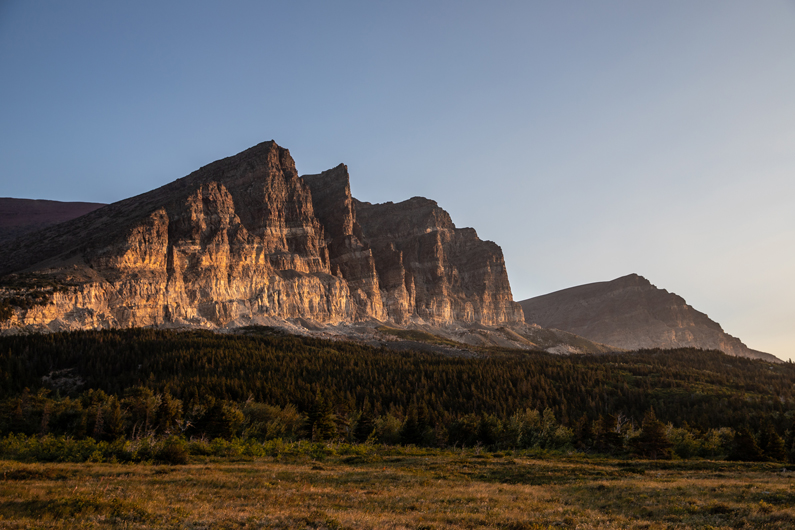Benefits of Wilderness
 Over the past six decades, since the Wilderness Act was signed into law, the U.S. population increased significantly, as did its diversity. During that same time, federally designated wilderness also increased—an order of magnitude—from 9 to roughly 112 million acres. Today, more people than ever before are spending time outside. A new General Technical Report, “A Perpetual Flow of Benefits: Wilderness Economic Values in an Evolving, Multicultural Society,” explores the economic and societal benefits of federally designated wilderness to the American people. With support from the Interagency Wilderness Steering Committee, this GTR synthesizes several decades of data, highlighting how recreational use of wilderness has changed over time, how federally designated wilderness economically affects nearby communities, and how water supplies from wilderness contribute to the nation's economy and wellbeing.
Over the past six decades, since the Wilderness Act was signed into law, the U.S. population increased significantly, as did its diversity. During that same time, federally designated wilderness also increased—an order of magnitude—from 9 to roughly 112 million acres. Today, more people than ever before are spending time outside. A new General Technical Report, “A Perpetual Flow of Benefits: Wilderness Economic Values in an Evolving, Multicultural Society,” explores the economic and societal benefits of federally designated wilderness to the American people. With support from the Interagency Wilderness Steering Committee, this GTR synthesizes several decades of data, highlighting how recreational use of wilderness has changed over time, how federally designated wilderness economically affects nearby communities, and how water supplies from wilderness contribute to the nation's economy and wellbeing.
In 2014, the 50th anniversary of the Wilderness Act, the Aldo Leopold Wilderness Research Institute convened The Wilderness Economics Working Group to undertake an assessment of wilderness benefits. Participants included economists, social scientists, conservation biologists, wilderness managers, and others, from federal agencies and our partners. This report, an outcome of the working group, assesses the state and benefits of America’s National Wilderness Preservation System and identifies priority needs and opportunities for additional investigation. This GTR is intended as a resource for the American people, to increase understanding of the many benefits that federally designated wilderness lands provide, and for Federal, Tribal, nongovernmental, and other managers and scientists, in their efforts to steward wilderness and wildlands protected areas in the United States and internationally.